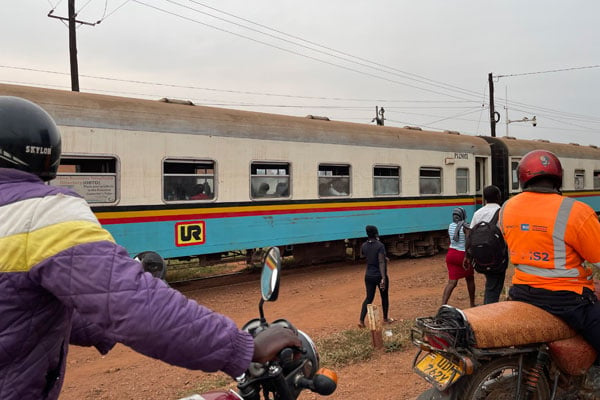Prime
Electricity, transport are biggest cost drivers of manufacturing

The study indicates that since 90 percent of goods coming in and out of Uganda are transported by road, transport remains a high-cost driver. Photo / File
What you need to know:
- The PSFU study notes that there is a need to address challenges presented by inputs in the manufacturing sector to make Uganda’s products competitive in Uganda and beyond
A study by Private Sector Foundation Uganda (PSFU) indicates that cost inputs on electricity, transport, and acquisition of raw materials are some of the biggest cost drivers among manufacturing firms.
The study, which examined 199 manufacturers with memberships to Uganda Manufacturers Association and Uganda Small Scale Industries Association, notes that other key cost drivers included logistics, customs clearance, and clearing cargo, which results from longer transit time due to delays at weighbridges and inefficiencies associated with congestion along transit routes.
The study codenamed: Assessment of cost drivers in the manufacturing sector, for instance, indicates that the cost of electricity remains high due to frequent power outages during the most productive hours, while at the same time, tariffs have stayed high, irrespective of several pleas to reduce them.
“About 70 percent of firms reported that they experienced power outages during regular production processes. Some firms had to resort to generators as an emergency measure, which imposes an additional cost,” the report reads in part.
The study further notes that the transport infrastructure remains a challenge with the road network from Mombasa to Kampala and other points in Uganda considered inefficient, resulting in a significant cost driver for manufacturers.
More than 90 percent of goods entering and exiting Uganda are transported by road, which is more expensive compared to water and railway transport.
The study seeks to generate new evidence and insights to inform policy development concerning industrialisation in Uganda, by establishing the main drivers of costs in the production process among manufacturers, identifying factors other than the cost of inputs that drive costs, and identifying gaps and shortcomings in the current policies that negatively impact manufacturing.
Other findings noted that the acquisition of raw materials remained a key cost driver, largely due to quality-related issues, unreliability, and or insufficient supply domestically, which leads manufacturers to rely on imported raw materials, yet, they carry tax-related charges, thus making them expensive and uncompetitive.
The study also noted that logistic-related costs, including transport, storage, handling, sorting, packaging, loading, and clearing, remain a challenge due to their scattered nature, which thus requires manufacturers to separately hire different actors, sometimes at higher rates.
Customs clearance processes also, the study noted, remain a challenge despite the presence of one-stop border posts that have reduced dwelling times and the time taken by customs procedures.
“However, Uganda’s efficiency at customs is still low, ranked 76 out of 139 countries, compared to Rwanda and Kenya ranked 64 and 67, respectively in 2021,” the report reads in part.
Mitigate challenges
Dr Julius Byaruhanga, the PSFU director of policy, yesterday said the the study had been shared with relevant government ministries, departments and agencies to address the concerns.
For instance, he said, the study recommends that the government mitigates the highlighted challenges such cost of transport by increasing cargo transported by rail by investing in the metre gauge and standard gauge and cargo planes, invest in electricity transmission and distribution to address power outages as well as reduce the cost of power to $0.05 per unit for manufactures.
Dr Byaruhanga further noted the study also recommends discouragement of the establishment of industries in residential areas and find ways of mitigating challenges of costly logistics resulting from its fragmented nature.
On his part, Mr Hussein Kiddedde, the advisory council member of Uganda Freight And Forwarders Association, said the assessment regarding elevated logistical costs was spot on, noting that this was due to a deficiency in regulatory oversight within the sector.
This, therefore, he said significantly impedes operational efficiency, compromises safety standards, service quality, and diminishes competitiveness.
"It is imperative for EAC countries working with private sector stakeholders to implement and uphold comprehensive regulatory structures that incentivize exemplary practices and ensure the seamless operation of the logistics industry - a critical backbone for pivotal sectors like manufacturing," he said.





